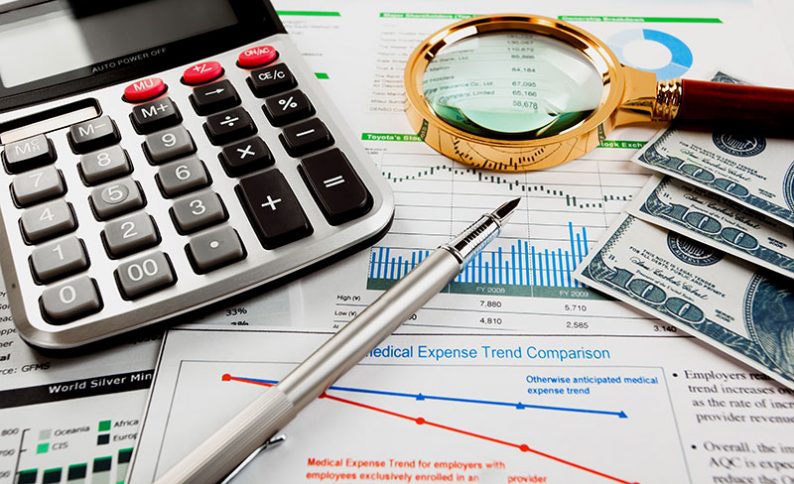
That Was The Quarter That Was
As we approach the end of the first quarter of 2016 it seems appropriate to look back at the events that shaped the trading landscape during this time, to see if we can learn anything that can inform our thinking in Q2.
2016 started with a bang rather than a whimper the S&P 500 gapped lower on the 4th of January, traded at a high of 2038.2 and sold off. It would post a low of 1812.29 on the 20th of January. The index would ultimately print at 1810.10 in early February,before rallying strongly,as investor sentiment moved from away from fear and back towards greed. The selloff was triggered by concerns over the global recovery, a plunging oil price and the Fed’s decision in December to raise US interest rates.
A similar cocktail of concerns caused the market to gyrate wildly over the summer of 2015. But the issues behind those gyrations were swept under the carpet, as they so often are. The rally came into effect as the market saw scope for further stimulus from China,additional QE from the ECB and the both the ECB and Bank of Japan’s move to negative interest rates. The lack of further US rate rises also boosted the recovery in share prices. As I write the S&P is up by 0.3% year to date and January looks increasingly like a bad dream (though some might consider it a taster of the nightmare to come).
Currencies Did Their Own Thing
The Dollar weakened and both the Yen and the Euro strengthened in Q1, as monetary policy divergence become more entrenched. This was the polar opposite of what textbooks tell us should have happened. Which is that money should flow into the currency with the highest interest rates,both current and future and out of those currencies with lower, or in this case negative interest rates.
We touched on the reasons behind Yen strength in our article the perpertual learning curve published on the 12th of January. What is interesting to note though is that this strength has persisted and indeed has been mirrored by strength in the Euro,despite the wider market moving firmly back into the risk on camp,as we can see in the chart below.









Leave A Comment